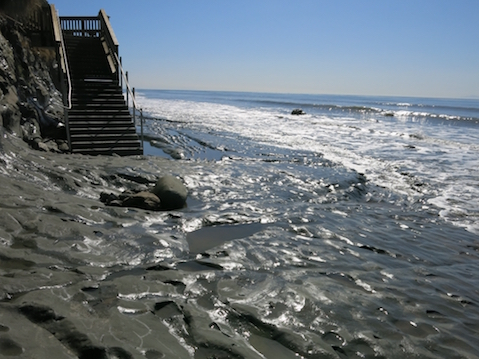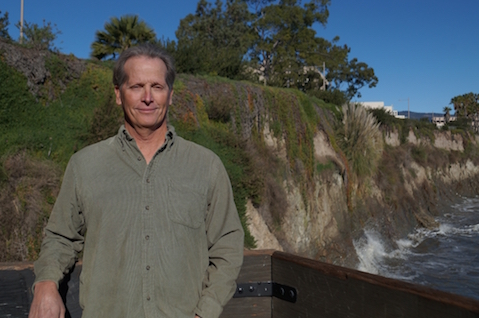No Rain, No Beach
Dry El Niño Proved Devastating to California Beaches

The last El Niño proved a bust for rain, but for wave-generated beach depletion, it was a boom. A paper published on Valentine’s Day in Nature Communications looked at 29 beaches along 1,200 miles of Pacific Coast during 2015-2016. Wintertime erosion was 76 percent above normal as seen on 3-D surface maps, aerial LiDAR (Light Detection and Ranging), GPS topographic surveys, and direct sand quantity measurements by a U.S. Geological Survey team that included UCSB’s David Hubbard.

“Wave conditions and coastal response were unprecedented for many locations,” said lead author Patrick Barnard, a geologist with the USGS. “The winter wave energy equaled or exceeded measured historical maximums along the West Coast.” On the other hand, rain gauges registered 70 percent less, which was actually a contributing factor in beach losses.
“The lack of rainfall means the coastal rivers produced very little sand to fill in what was lost from the beaches, so recovery has been slow,” Barnard said. The study also found that beach condition prior to the storm season — one of the strongest in the past 145 years — predicted whether erosion would be extreme or not.
According to Hubbard, who is an ecologist at UCSB’s Marine Science Institute, climate change may increase El Niño events, possibly twofold. “First we need to understand the challenges, and those include the rising sea level and the fact that most of the problems occur during these peak El Niño events,” Hubbard said. “Then we need to restore or manage our coasts in ways that will enable us to deal with these events and conserve beach ecosystems. I think that’s the challenge that we as a society have to address.”


